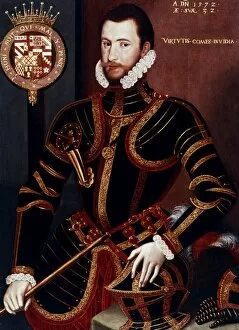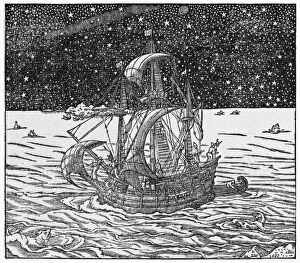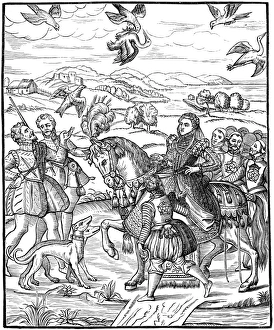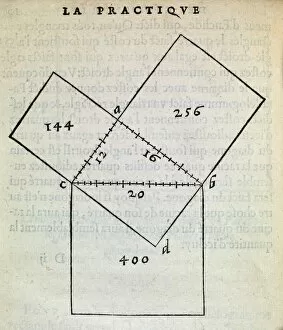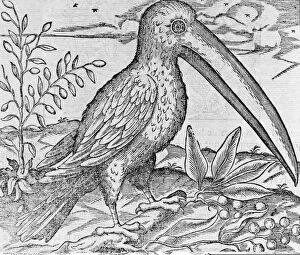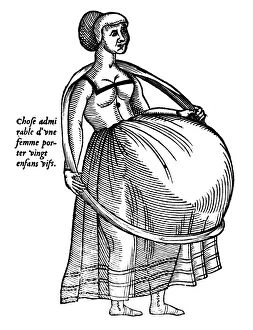1575 Collection (page 8)
In the year 1575, Rome was bustling with pilgrims who flocked to its majestic churches
All Professionally Made to Order for Quick Shipping
In the year 1575, Rome was bustling with pilgrims who flocked to its majestic churches. The line engraving from that time captures the awe-inspiring sight of these devout individuals immersed in their spiritual journey. Meanwhile, across the English Channel, Stonehenge stood tall and mysterious as ever in 1575. Its ancient stones held secrets yet to be unraveled, captivating all who laid eyes upon them. At sea, sailors relied on the stars for navigation during their nightly voyages. In 1575, this celestial guidance guided them through treacherous waters and ensured safe passage to their destinations. Venturing further afield, South American cannibals roamed the land during the 16th century. Their existence served as a reminder of both humanity's diversity and its darker side. Back in London, an engraved map provided a glimpse into England's capital city in 1575. This intricate depiction showcased the evolving urban landscape and hinted at London's future grandeur. The zodiac fresco from Villa Farnese in Caprarola transported viewers back to Italy in 1575. Taurus dominated this celestial artwork, symbolizing strength and determination amidst life's challenges. Astronomy enthusiasts marveled at another fresco from Villa Farnese depicting Orion, the Hunter. This timeless constellation captivated minds then as it does now with its mythical allure and stellar beauty. James Ist Earl Abercorn made his mark on history during this period with his notable achievements leaving an indelible legacy for generations to come. Across the English Channel once again resided Queen Elizabeth I herself - a powerful ruler whose reign brought prosperity and cultural advancement to her kingdom. A snapshot of her royal picnic captured her regal grace amidst nature's splendor. In matters of warfare, cannons played a pivotal role in shaping military strategies during this era. Bombards mounted on mobile gun-carriages were depicted vividly through wood engravings, showcasing the technological advancements of 1575.


